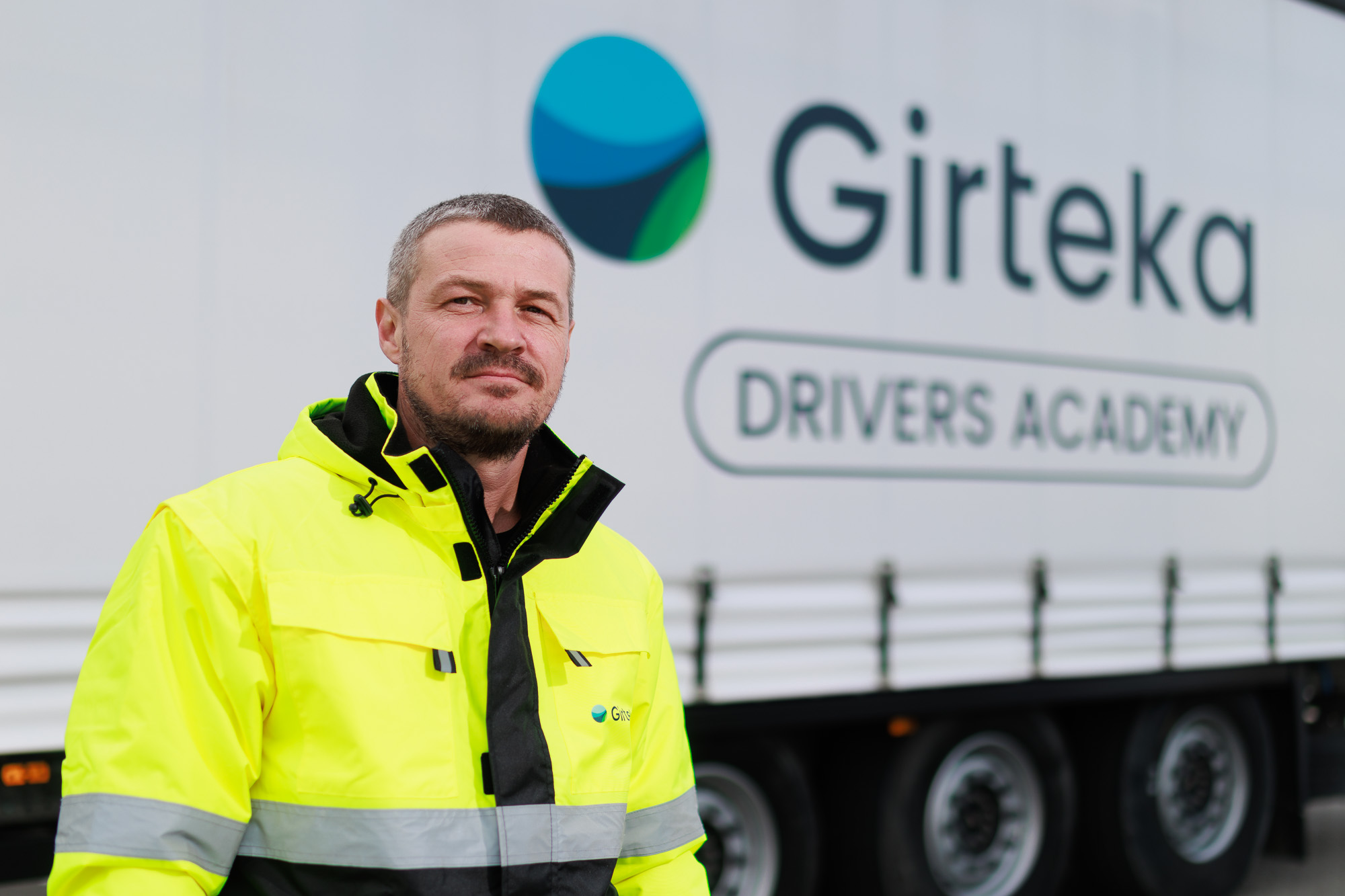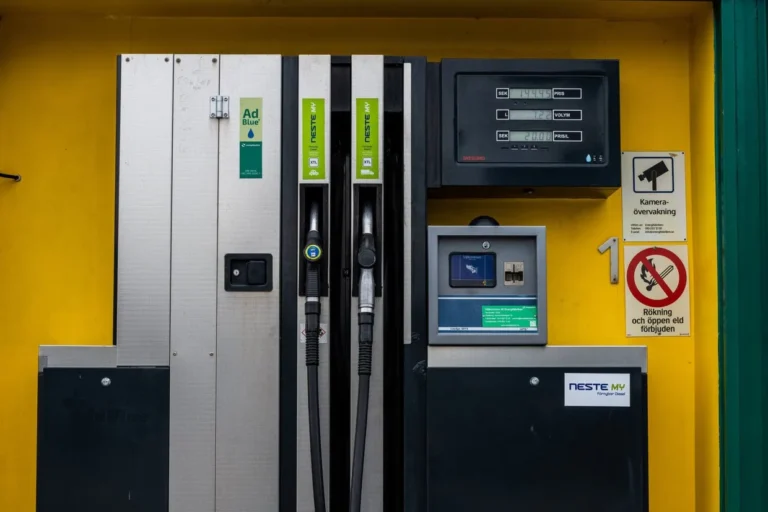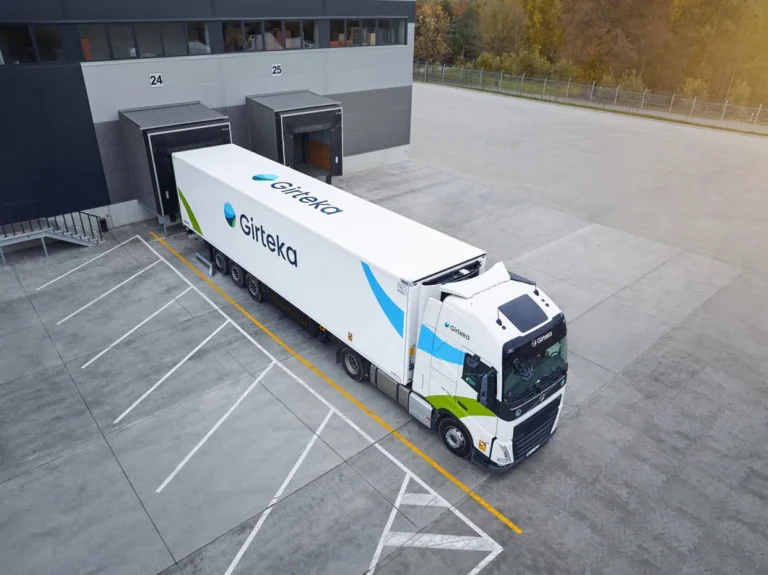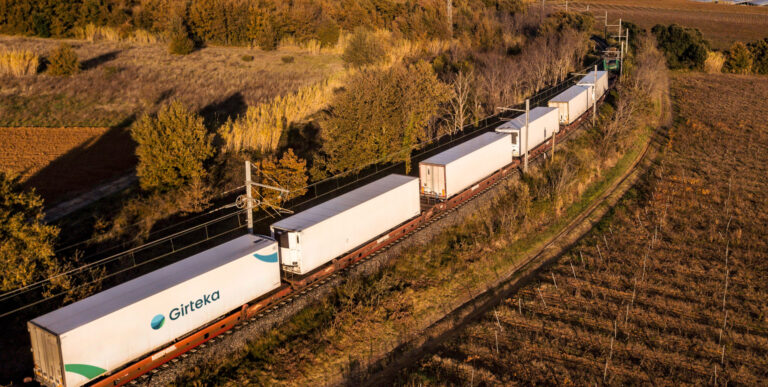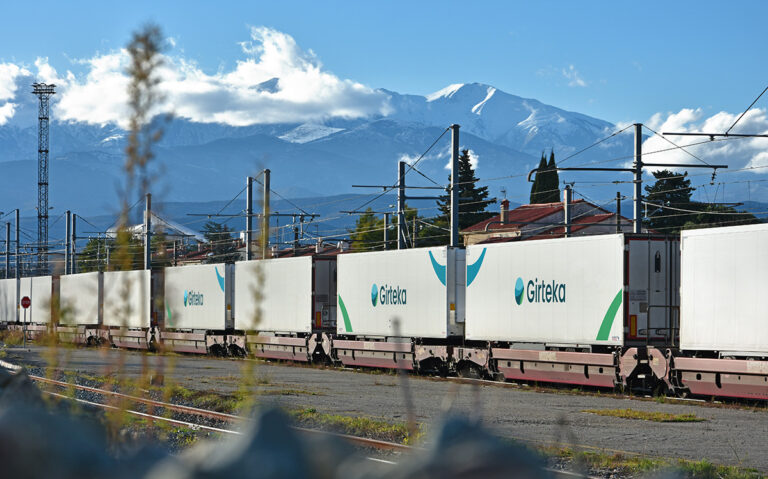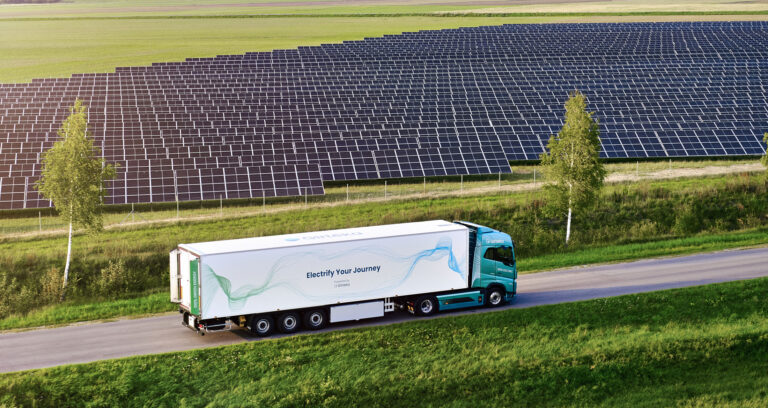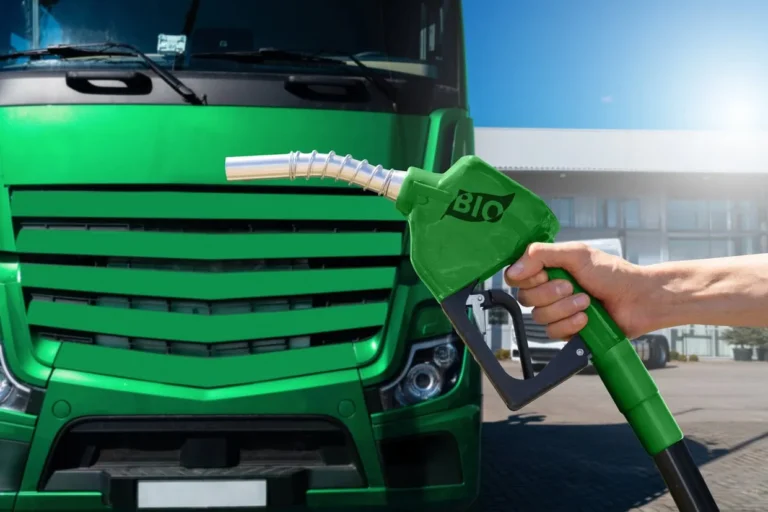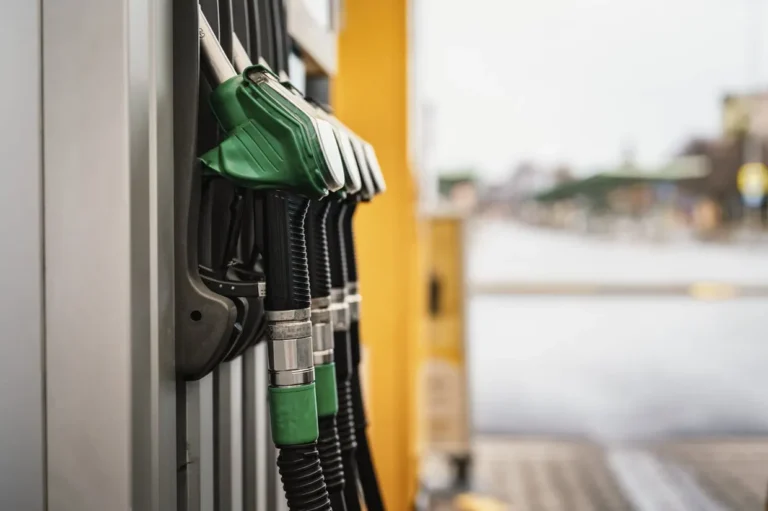As the logistics industry grapples with the challenge of reducing its carbon footprint, a critical yet often overlooked factor comes into focus: the role of heavy goods vehicle (HGV) drivers. Beyond the advancements in technology and fuel alternatives, there lies a straightforward, yet powerful solution: optimizing driver behaviour for better environmental outcomes.
Redefining Decarbonization Through Driver Empowerment
The scope of this opportunity is staggering. In Europe alone, the fleet of heavy goods vehicles (HGVs) is a formidable presence, with an estimated 4.0 million trucks, a figure that becomes even more significant when considering the sheer volume of distance covered.
This is where initiatives like Girteka’s ECO League come into play. By focusing on the driver, his skills, and knowledge, activities like the ECO League give immense potential for immediate environmental impact. With thousands of drivers participating in the program, each contributing to the millions of kilometres travelled annually, even small improvements in driving habits can lead to monumental reductions in CO2 emissions.
Since the launch of the ECO League, its impact has been profound and far-reaching. Through a combination of education, training, and motivation, drivers have been transformed into active participants in the fight against climate change. “I used to think that driving a truck had a fixed environmental cost,” shares Dzianis Matsulevich, a top performer in the ECO League. “But through the league, I’ve learned that we can make a real difference.”
Numbers, Narratives, and Sustainable Impact
“Every driver’s journey is a step towards a greener planet,” says Karolina Žekaitė, the Drivers Academy Manager at Girteka. These words encapsulate the spirit of the ECO League, where drivers are not just operators of the latest advanced trucks, but champions of an eco-conscious movement. Since its implementation in 2018, the ECO League has seen a steady increase in participation, from 8,442 drivers in its first year to an impressive 15,389 thus far in 2023.
The impact of this program is not just a narrative of increasing numbers. It’s a story told through hard data, revealing a consistent reduction in carbon emissions over the years. In 2018, the CO2 emissions stood at 783 grams per kilometre and continuously decreased while the program has been conducted every year.
“This data, encompassing a staggering 4.6 billion kilometres analysed, is more than just statistics – it’s proof to the collective effort of thousands of drivers who have made sustainable driving not just a practice, but a part of their ethos.” – summarizes Žekaitė, Girteka.
Shaping Eco-Conscious Drivers
Girteka’s eco-driving training covers various aspects, from truck model specifics to fuel consumption tips. Drivers undergo this training annually, ensuring continual learning and improvement. “The training never gets old,” admits Pavlo Diachuk. “Each year, I learn something new that helps me drive better and cleaner.”
Training has not only enhanced driving skills but also transformed attitudes. Drivers often enter the program with doubts, only to become its most ardent supporters. The gamification aspect has been particularly effective, fostering a sense of respect and reputation among peers. Every 6 months drivers compete on the results of the eco-driving score, based on automatically collected digital data, that is analysed and available for all drivers to check their score and also their skills in practice. Every week all participating drivers receive information about their performance in terms of eco-driving. Telematic systems in trucks provide vital data for the ECO League, allowing drivers to track their performance and progress. This transparency and regular feedback keep the drivers engaged and motivated.
ECO League is just a part of the complex approach toward decarbonization of the road transport at Girteka. Every year each driver needs to go through theory training and practical tests to consolidate his knowledge and skills before going for another trip. Since the beginning 35,000 drivers have already passed the eco-driving training, fulfilling over 4,500 hours of theory courses with more than 9,300 hours of practical training, where they can go for an Eco trip with the teacher. During this trip, the teacher gives advice on how to drive economically.
The Continued Evolution of Girteka’s ECO League
“As we’ve observed, even our most experienced drivers, who might initially believe they’ve mastered every aspect of eco-driving, discover new insights through our programs,” explains Karolina Zekaite. “It’s fascinating to see how many of them come into the training sessions sceptical, perhaps feeling that it’s just a routine exercise. Yet, as the lessons progress, these very drivers often become the most engaged, actively asking questions and contributing to discussions. What we find particularly valuable is the exchange of experiences – drivers not only learn from the instructors but also share their own knowledge and techniques with their colleagues.”
As the ECO League continues, its influence extends beyond the drivers to the broader community. It’s one of the lowest-hanging fruits in the area of sustainability and a reflection of the drivers’ dedication to a greener future. With every kilometre driven, the ECO League moves one step closer to its goal – a cleaner, more sustainable world.
https://ec.europa.eu/eurostat/statistics-explained/index.php/Road_freight_transport_by_vehicle_characteristics
https://ec.europa.eu/eurostat/statistics-explained/index.php/Road_freight_transport_statistics
https://www.eea.europa.eu/en/analysis/indicators/greenhouse-gas-emissions-from-transport
